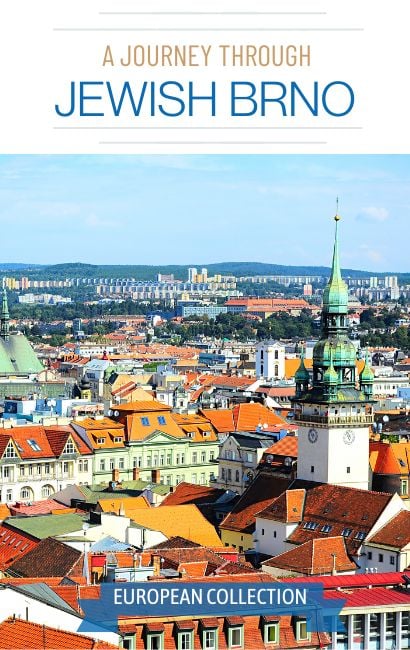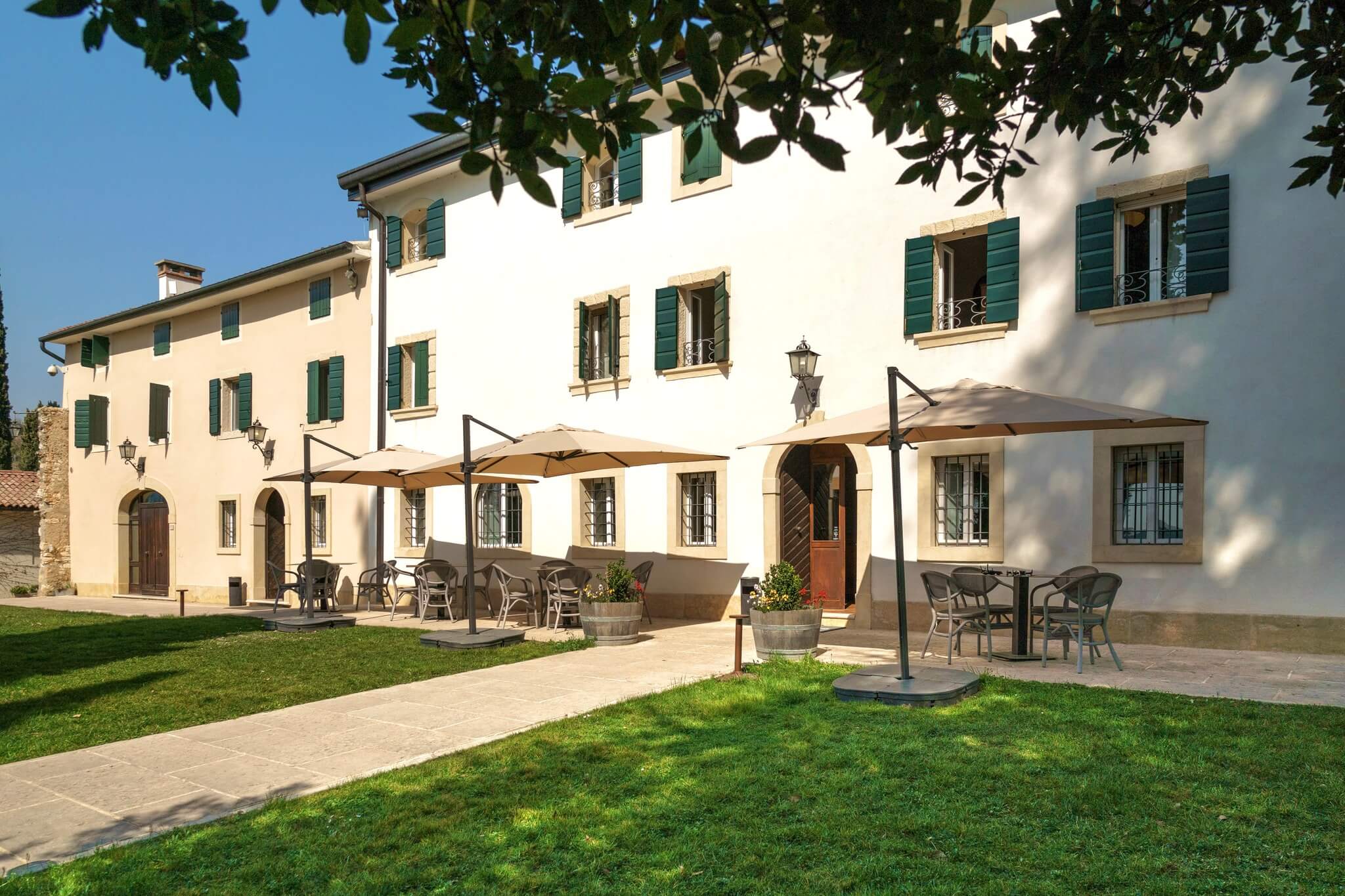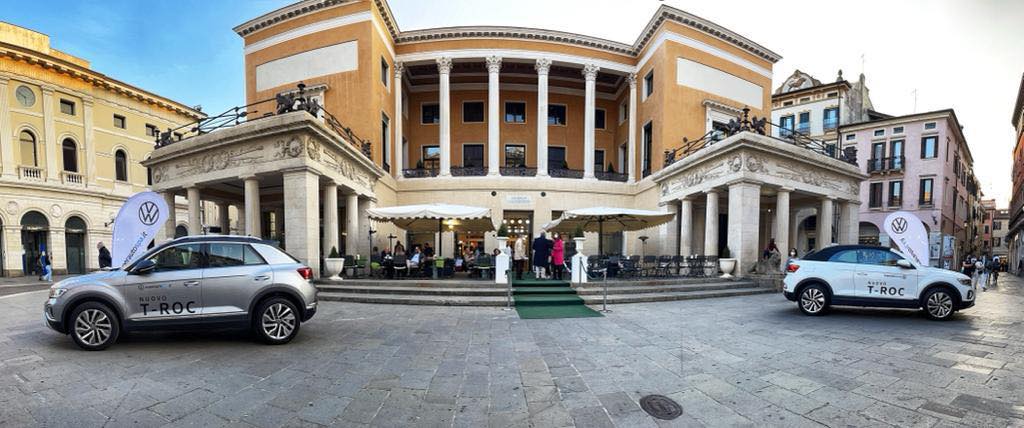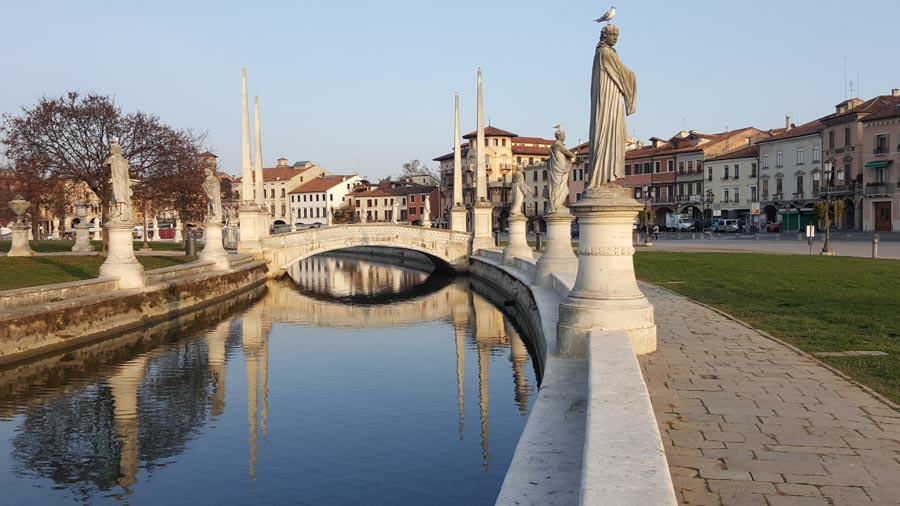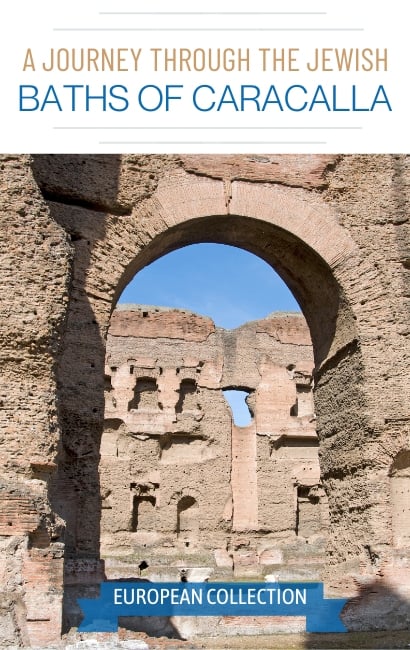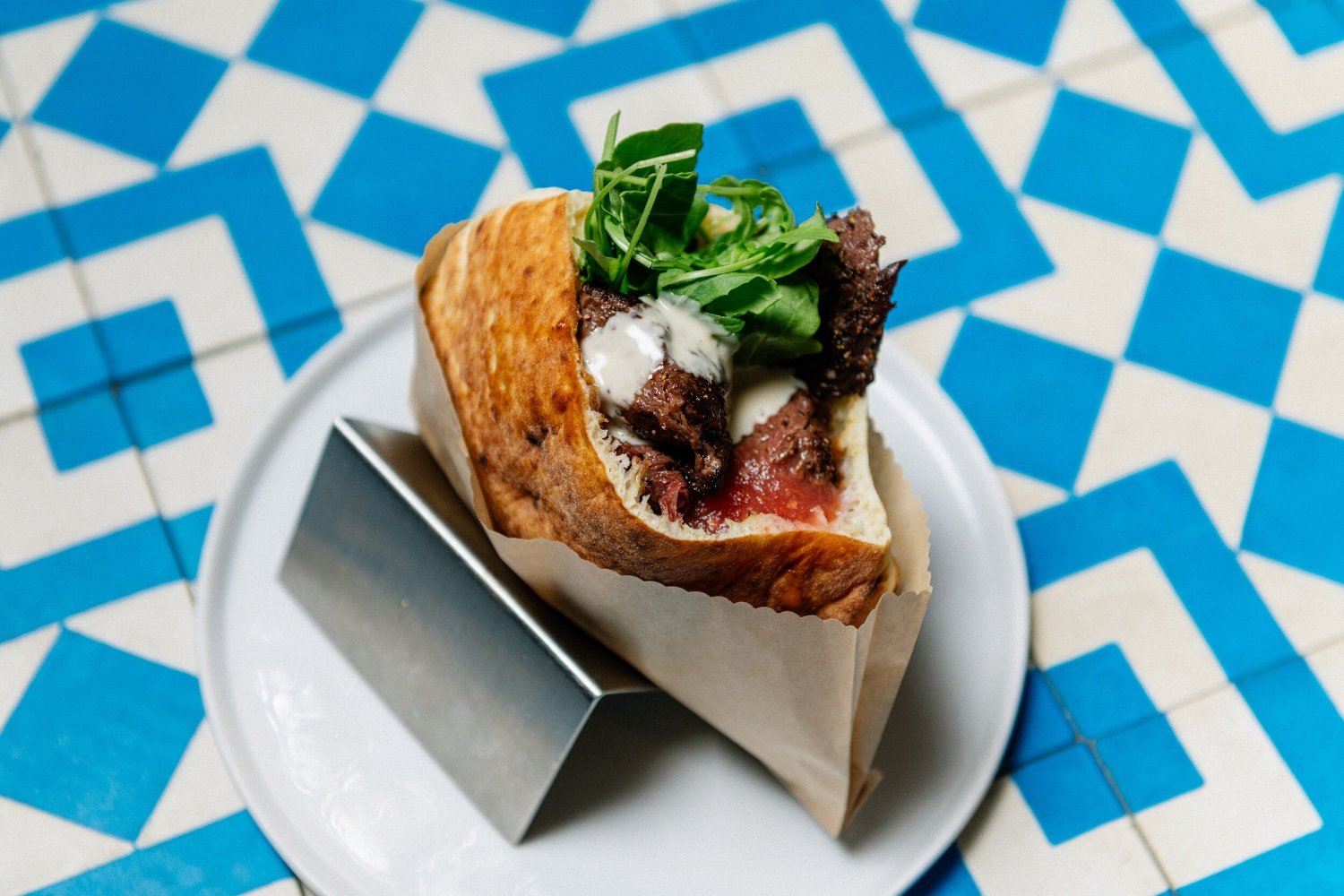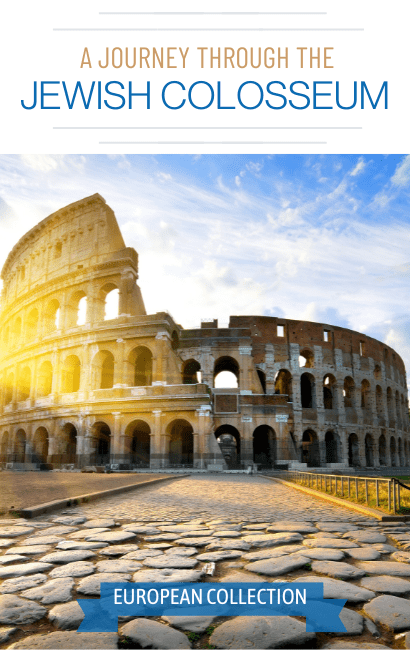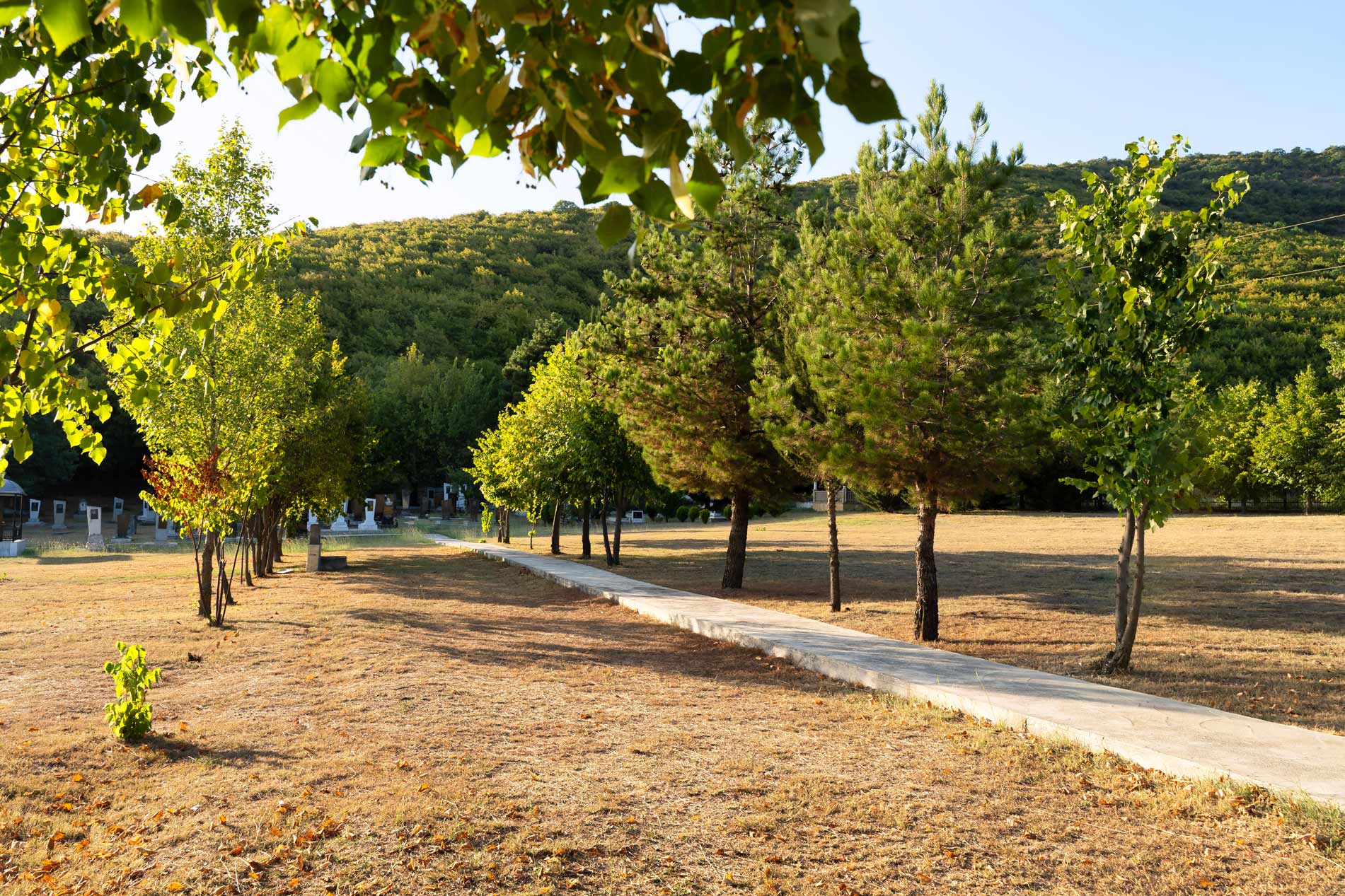Archives: Directory listings
Directory listings
Massimago
A fourteenth-century tower which, immersed in a centuries-old and fairytale park, is part, with its bastion, of the ancient defensive walls of Padua. Massimago Wine Tower, an oasis of peace in the heart of the city, offers three elegant suites named after three prominent historical figures who contributed to making Padua extraordinary: Giotto, Donatello and Galileo Galilei. Massimago Wine Tower is not just a period residence, it is a unique, exciting and exclusive experience. The majesty of this tower that rises between the river and the city of Padua will make your stay unforgettable. The suites, elegantly furnished and equipped with every comfort, are steeped in the ancient history of the city.
The cultural association “Il Cenacolo della Torre”, our partner, aims to enhance the centuries-old park and the bastion adjacent to the tower. In this regard, the association organizes various experiences that include guided tours inside the Massimago Wine Tower complex, visits to the city and wine tasting from our cellars. Massimago Wine Tower aims to make each guest experience the atmosphere of the 14th century in a unique and timeless experience. In the perfect union between the history of the city and the wine of the Massimago winery, we want to introduce Paduan, Italian and international guests to a secret and wonderful place in the beating heart of a UNESCO city of Padua for its fourteenth-century masterpieces.
Massimago is the name of the winery, based in Mezzane di Sotto in Valpolicella, which has belonged to the Cracco family since 1883. Wine has always been a tool for communicating and sharing beauty, which is why it is the only winery in Italy to have created a group of facilities where you can enjoy unique experiences related to wine. Massimago is therefore our first partner, indeed, our family.
Caffè Pedrocchi
Caffè Pedrocchi is the oldest and most famous historical café in the city of Padua. It’s a unique place for coffee tasting and cuisine, it is recognized as the most exclusive venue in the center for the most important and spectacular events and celebrations.
At Caffè Pedrocchi, it’s impossible to resist! Tradition and innovation come together beautifully, giving you a truly exquisite experience. A modern patisserie with sophisticated design elements where you can enjoy endless moments of pure pleasure savoring our sweet treats, including the famous “Torta Pedrocchi” (Pedrocchi Cake).
The Pedrocchi Café was founded in the 18th century in central Padua, Italy. It has architectural prominence because its rooms were decorated in diverse styles, arranged in an eclectic ensemble by the architect Giuseppe Jappelli. The café has historical prominence because of its role in the 1848 riots against the Habsburg monarchy, as well as for being an attraction for artists over the last century from the French novelist Stendhal to Lord Byron to the Italian writer Dario Fo.
Because of its central location and proximity to the seat of government the café soon became the cultural and commercial center and meeting place for students, artists, writers and patriots. It was also the scene of the 1848 student uprisings against the dominant Austrian, as evidenced by the souvenir plates on the wall of white room, and meeting place for writers and artists such Nievo, Fusinato, Stendhal, which even extolled the wonders of eggnog pedrocchiano, D’Annunzio, Eleonora Duse and the futurist Marinetti. Owned by the City of Padua since 1891, the coffee houses, along with the Galleries of Pedrocchi and the Museum of the Risorgimento, the public can still read one of the newspapers available in the Green Hall, have a meal or pastry and coffee, and discuss politics, culture and life.
Padova Jewish Heritage Walk
The presence of a Jewish presence in Padova dates back to the 1200s. The Jewish quarter, or ghetto, is set in the heart of historic Padova, just off Piazza delle Erbe. Our Jewish Heritage walk will provide you with an overview of Jewish life in our city throughout the centuries, leading up to today.
Your visit begins at the Jewish Museum of Padova as an introduction to the history of the community. The museum is located in the former “German” Synagogue, used by the Ashekazic community, which dates back to 1525. Leaving the museum, your guide will accompany you through the narrow cobblestone streets of the Jewish Ghetto, in the heart of historic Padova, dating back to medieval times. See where the Jewish community was forced to live from approximately 1603 to 1797.
Next you will visit the Italian rite Synagogue of Padova, the only one still in use of the several that functioned from the Renaissance up to World War II. It dates back to 1584 and has gone through many renovations since its original construction.
Your program will conclude with a visit to the Jewish cemetery on via Wiel, the oldest of such cemeteries in the city, dating back to the 16th century.
A Journey Through the Jewish Bath of Caracalla
Levinsky Market
Levinsky Market was established primarely to fulfill an existential need of the residents of the Florentine neighborhood. Not only was this market essential to offer basic goods and groceries to the locals, but also to create new jobs. The founders of the market immigrated from the Balkan area (Greece and Turkey). Back in the day, famous chefs would come from near and far to the Levinsky market, solely to seek out special and secret ingredients needed to serve the needs of their gourmet restaurants.
Desert Safari in Dubai
If you’re looking for an unforgettable experience, look no further than a desert safari in Dubai! There are many reasons to book this adventure, and we’ll outline just a few of them here. First of all, the scenery is absolutely stunning.
Introduction
You’ll get to see the vast expanse of sand dunes and admire the beautiful desert landscape. Secondly, it’s a great way to get up close and personal with the local culture. You’ll be able to learn about traditional Bedouin life and enjoy some authentic Arabic cuisine. Finally, it’s just plain fun! You’ll have the chance to ride a camel, go sand boarding, and much more. So what are you waiting for? Book your desert safari today!
1: The scenery is stunning
The first reason to book a desert safari in Dubai is for the scenery. The desert landscape is truly something to behold, and you’ll get to see it up close on your safari. From the vast expanse of sand dunes to the beautiful oasis’, there’s plenty to admire.
2: It’s a great way to learn about the local culture
One of the best things about desert safaris is that they offer an insight into traditional Bedouin life. You’ll be able to learn about their culture and customs, and even enjoy some authentic Arabic cuisine. It’s a great way to get a taste of the local culture.
And that’s just a few of the reasons to book a desert safari in Dubai! So what are you waiting for? Go ahead and book your adventure today. We guarantee you won’t regret it. Thanks for reading!
3: You can ride a camel
Riding a camel is one of the most iconic desert safari experiences, and it’s something that you’ll definitely want to try while you’re in Dubai. Camel rides are typically included in desert safari packages, so be sure to ask about it when you book.
4: You can go sandboarding
If you’re looking for a little adrenaline rush, then sandboarding is definitely for you. This activity is similar to snowboarding, but instead of snow, you’ll be riding down the sand dunes. It’s a lot of fun, and it’s something that you can only do in the desert!
5: You can watch the sunset
One of the best things about desert safaris is that you get to watch the sunset in one of the most beautiful landscapes in the world. There’s nothing quite like watching the sun sink below the horizon, and it’s an experience that you won’t soon forget.
6: You can stargaze
After the sun sets, you’ll be able to enjoy one of the best views of the night sky. The desert is the perfect place for stargazing, and you’ll be amazed at how many stars you can see. If you’re lucky, you might even spot a shooting star!
7: You can get a henna tattoo
Henna tattoos are a popular souvenir amongst tourists, and they’re something that you can only get in the desert. If you’re interested in getting one, be sure to ask your tour guide about it. They’ll be able to point you in the right direction.
Final Thoughts
So there you have it! These are just a few of the reasons why you should book a Dubai desert safari in Dubai. Whether you’re looking for an adventure or just want to admire the stunning scenery, a desert safari is definitely for you. Thanks for reading! We hope this has inspired you to book your own desert safari adventure. Safe travels!
Kubeh
Kubeh is the product of Chef Melanie Shurka and husband David Ort; a restaurant dedicated to lesser known cuisines of the Middle East. Kubeh is named after a dish with widespread tradition across the Middle East and It comes in many forms. Sometimes there’s an outer dough-like shell and an inner filling, sometimes the ingredients are ground together into a ball; and sometimes it’s prepared in layers like a pie. It can be fried, boiled, baked or served raw. In any shape, Kubeh, or any dish we serve at Kubeh is comfort bundled in freshness and is a labor of love. We specialize in the boiled version served in a broth, its origins in Kurdish, Iraqi and Syrian cuisine. In the 1940s and 50s Kurdish, Iraqi and Syrian Jews migrated to Israel and brought Kubeh with them, a few opened up Kubeh restaurants and today, Kubeh is a staple of Israeli cuisine. At our Middle Eastern restaurant in Greenwich Village, we hand roll each Kubeh with great care and with only the finest and freshest ingredients. Our meats come from small family farms in the US that practice humane treatment of their animals and are 100% antibiotic and hormone free. We also have many gluten-free, vegan and vegetarian options. In addition, we have prepared for you a wide variety of delectable middle eastern mezes, spreads, and main dishes. Enjoy!
A Journey Through the Jewish Colosseum
The Jewish cemetery of Oguz
The Oguz Old Jewish Cemetery has not lasted to the present time day. The early twentieth-century shifts, the coup, and the repression of the clerics and religious servants, followed by the war, had to have repercussions on the cemetery’s destruction. In addition, the Oguz Jewish cemetery is situated on a deciduous forest mountainside. The old graves were washed away by rains and floods, and tree roots ended up moving the tombstones, hiding them beneath the ruins. As result, the old graves are barely visible.
Rahimov Karim, through his father’s will, facilitated the dissection and construction of a new cemetery in 1930. The territory of the cemeteries now has trails and gazebos for visitors to rest. The memorial to the Great Patriotic War participants
